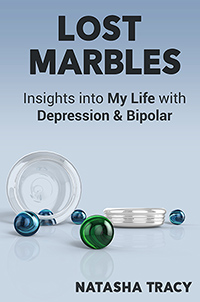Are Psych Meds Evil? Debunking Antipsychiatry Myths with Science
Are psychiatric medications evil or life-saving? After two decades battling bipolar disorder, I’ve seen both sides. This post separates fear-based myths from science, exposes antipsychiatry misinformation, and shows how evidence-based treatment can save lives. If you’ve ever doubted psychiatry, read this first.
Read More















Recent Comments